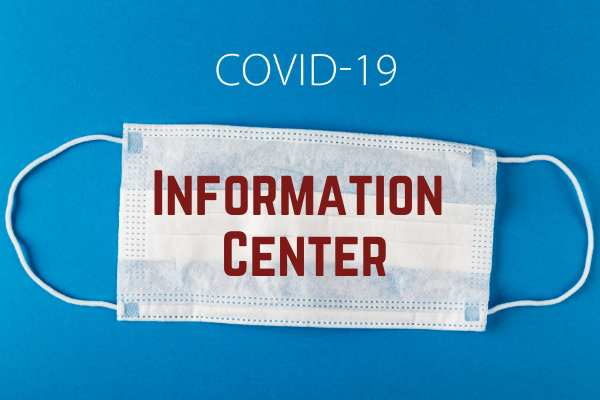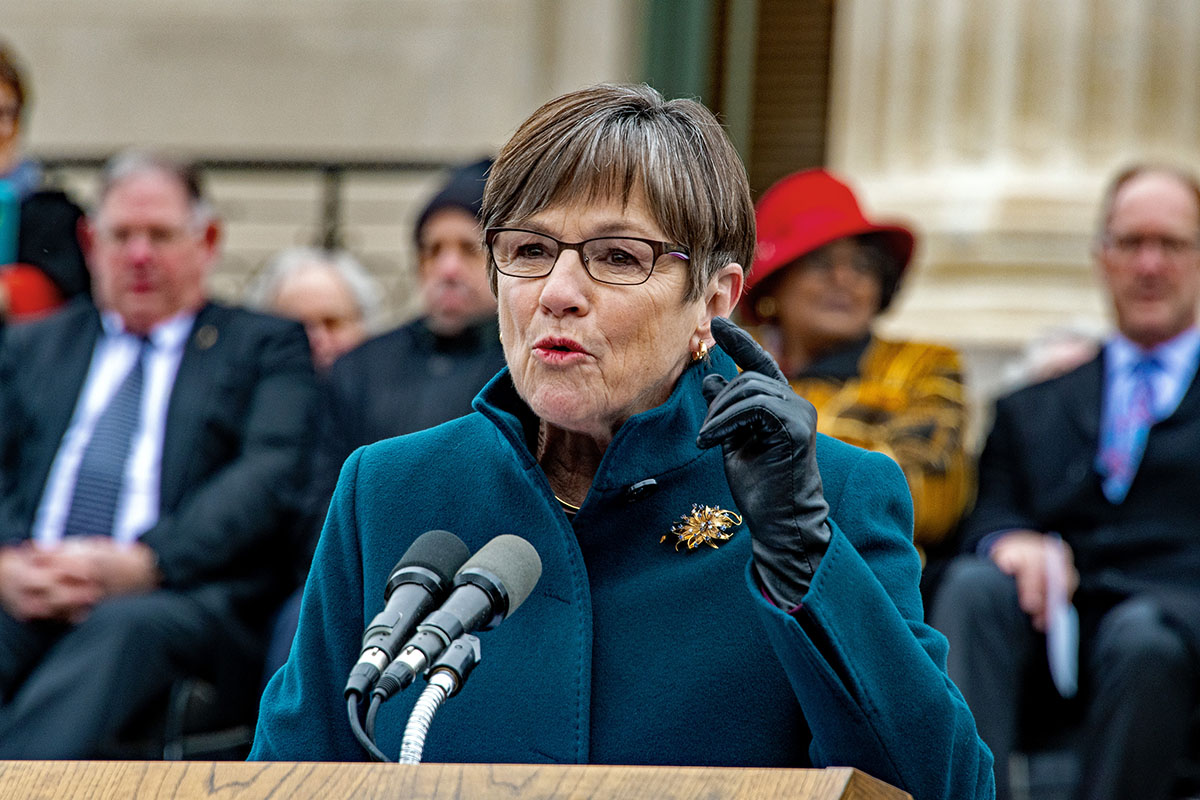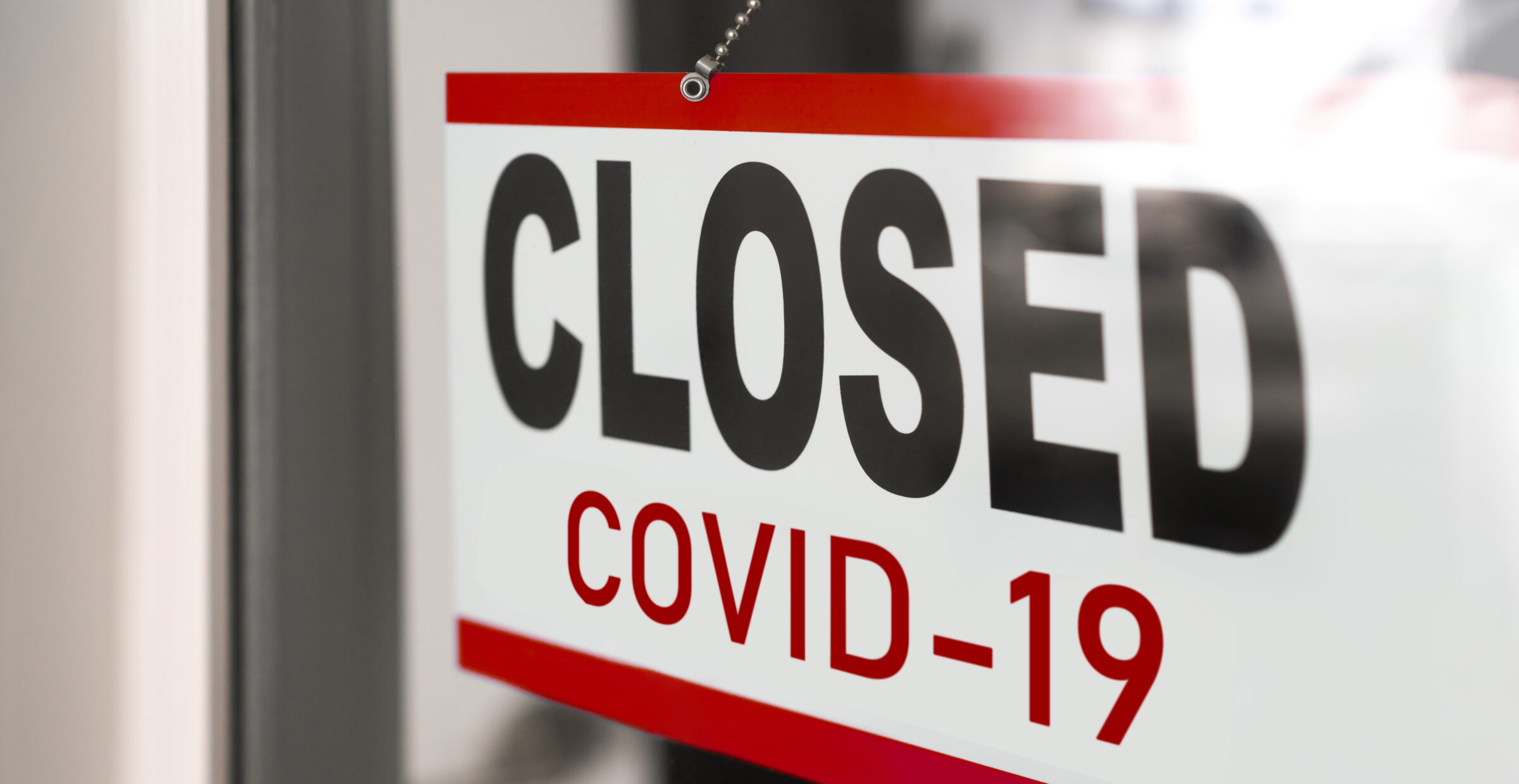The New York Times reported in August that some of the nation’s leading public health officials say the standard COVID tests with cycle thresholds at 40 or higher are “diagnosing huge numbers of people who may be carrying relatively insignificant amounts of the virus.” Virologists and most researchers, including the Centers for Disease Control, agree that it is difficult to find live virus capable of transmission beyond 34 cycles. But the Kansas state lab, which conducts about 24% of all tests in the state, is using a cycle threshold of 42 cycles and likely finding dead virus particles that can’t be transmitted to others.
The Sentinel found private labs are also using cycle thresholds above virus viability. Quest Diagnostics, in Lenexa and Salina, sets their cycle threshold at 40. LabCorp, in Kansas City, KS, Kansas City, MO, Lawrence, Overland Park, Salina, and Wichita, sets their PCR test to a cycle threshold of 38.
Michael Mina, an assistant professor of epidemiology at both Harvard Medical School and the Harvard T.H. Chan School of Public Health told Harvard Magazine that reporting someone positive on a test with a high cycle threshold is like finding a hair in a room, testing it for DNA, and then saying the person who shed that hair is currently in the room.
“That’s a false positive, but that’s what we’re doing,” he said.
Polymerase chain reaction (PCR) tests, the most commonly used tests to diagnose COVID, amplify tiny strands of virus in cycles. There’s an inverse relationship to viral load and contagion and the number of cycles necessary to detect the virus. So a lower number of cycles necessary to detect the virus indicates a higher viral load and infectiousness. A higher number of cycles indicates less viral load, and in some cases, it may indicate dead virus from an infection that is not currently contagious.
According to Mina, the live virus in COVID cases is gone after 10 days. However, the PCR tests being used to diagnose COVID can detect viral remnants for up to 60 days.
“Imagine you are a fire department and you want to make sure that you catch all the fires that are burning so you can put them out,” the professor told Harvard Magazine in early September. “You don’t want a test that’s going to detect every time somebody lights a match in their house — that would be crazy. You’d be driving everywhere and having absolutely no effect. You want a test that can detect every time somebody is walking the streets with a flame-thrower.”
Dr. Sarah Boyd, an infectious disease physician with St. Luke’s Health System, says scientists typically use cultures to attempt to grow the virus after varying numbers of cycles to determine infectiousness.
“COVID is a new disease, and we’re still learning a lot,” Boyd said. “When you look at infectiousness, the gold standard is can you grow that in a culture?”
Only a handful of labs are capable of growing the virus from a culture because the practice requires highly secure labs. Boyd sees COVID patients and orders tests for individuals who might have COVID. The lab reports back a simple ‘yes’ or ‘no’ for a diagnosis, and not the number of cycles necessary to detect the virus.
However, the New York Times examined data from Massachusetts, New York, and Nevada that included cycle thresholds and determined that up to 90 percent of the individuals who tested positive carried barely any virus.
“So we’re trying to be sure to capture the virus enough that they could be infectious, but trying to balance that versus how likely you are to transmit,” Boyd said.
The Kansas Department of Health and Environment admits they do not know exactly how much virus is necessary to transmit the virus and cause new infections.
Local health officials and school boards are preventing kids from attending school fulltime in person because of the COVID positivity rate, which Johnson County pediatrician Christine White says is artificially high.
Today, the KDHE reported a total of 2,055 new cases of COVID in Kansas since Oct. 9. If only 10 percent are contagious (as suggested by the New York Times analysis), that’s about 205 infectious individuals. However, contact tracers from KDHE and county health departments will trace all 2,000-plus cases.
According to Michael Austin, director of the Sandlian Center for Entrepreneurial Government at Kansas Policy Institute, the hypersensitive tests may be enabling state officials to unnecessarily scare people about case increases. (KPI owns the Sentinel.)
“Kansas’s COVID public health goal is to find infectious cases. Making current testing procedures transparent moves us towards that goal and reinforces public trust, ” Austin, he said.
At the outset of the COVID outbreak, officials including the CDC recommended that those with positive tests remain isolated until they received two negative tests. That’s no longer the recommendation. Now individuals who test positive are told to remain in isolation for 10-days from the start of symptoms and after 24-hours without a fever. The change is, in part, because research suggests that PCR tests can detect the virus long after it is no longer infectious. Still, public health officials are using the same test to determine the rate of community spread and to keep schools closed.
The most straightforward solution, Austin says, is for policymakers to monitor hospitalizations and COVID survivability rates. Public officials can also disclose the viral load or cycle thresholds of all previous, current, and future positive COVID tests.




